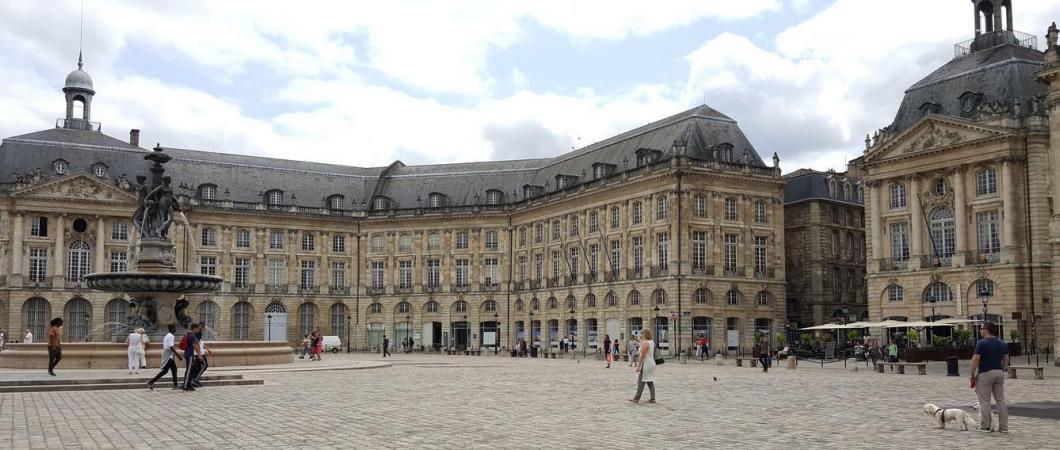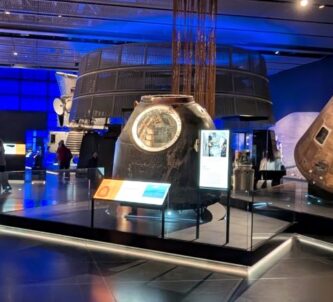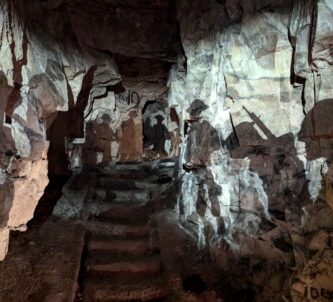For some nationalities, like us Brits, it’s a little hard to understand the role of France’s customs force, les Douanes.
We have customs officers standing around at airports & ports, checking bags, opening shipping containers, and so on, but they are viewed as bureaucrats or government officials. In France, the Directorate-General of Customs and Indirect Taxes (French: Direction générale des douanes et droits indirects, DGDDI) are more like an armed military force, with a presence that goes beyond just borders – for example I’ve noticed them on two trips to France this summer since the increased terror alerts and immigration activity, standing around, armed and watchful at ordinary motorway peage stations – and beyond just searching out illegal goods & money. They now act as border police overseeing immigration at maritime borders and regional airports.
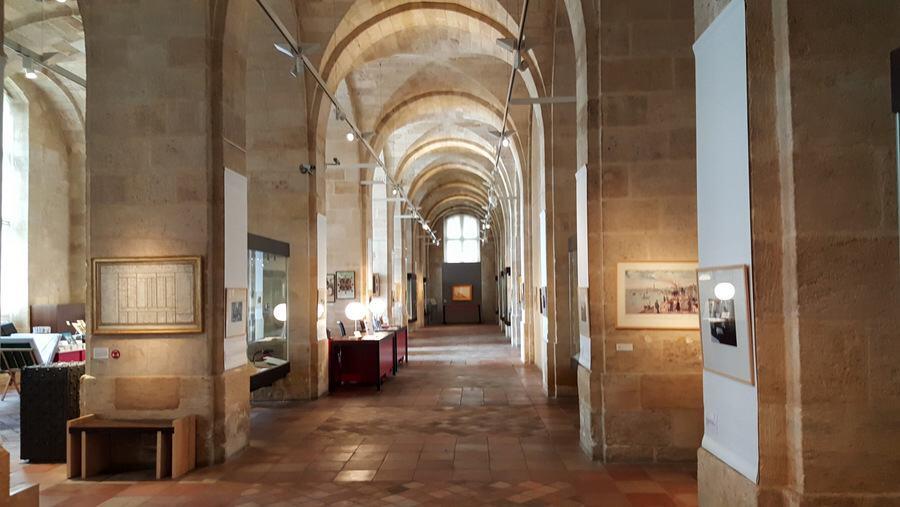
There’s always been a need for a force to oversee taxation and ensure that the crown receives its full dues, by cracking down on those who would evade it. In the early days it was the Ferme Générale, which collected taxes for the king, and the 18th century Hôtel des Fermes du Roi on the bank of the Garonne in the port of Bordeaux was built to be its local headquarters.
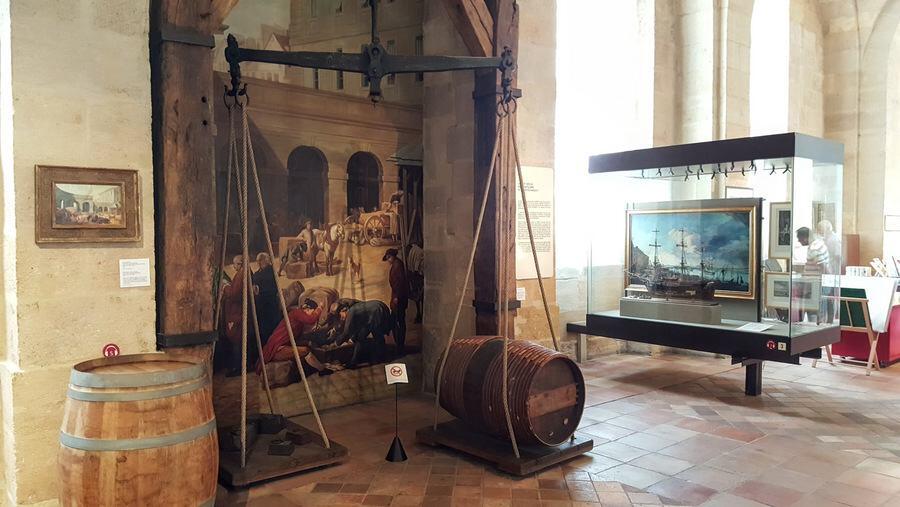
Now, in the 40 metre long customs hall, the history and artifacts of the Ferme Générale and its successor from 1801, les Douanes, are displayed. It’s a collection of around 800 pieces that includes uniforms, equipment, documents, furniture, maps, scale models, and all sorts of contraband that has been seized over the last two centuries.
The Musée National des Douanes is staffed by real Douanes officers (nice touch) and aimed firmly at French visitors. There is no multilingual signage. I was given a laminated A4 booklet listing the contents of the display cases in English, but they have now (02/08/2023) introduced audio guides which you can rent from the desk, and you no longer have to visit in person, there’s a 3D digital map of the museum.
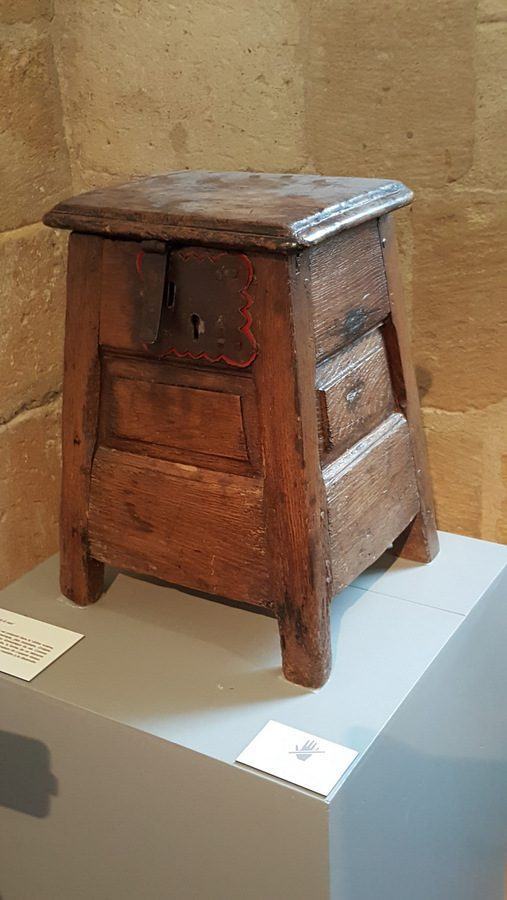

In addition to the ‘tools of the trade’ (weights & measures, ledgers written up in copperplate, official notices/posters, etc) that you would expect, there are some fun things to see, such as the wooden stool/salt store designed so the lady of the house could conceal the heavily taxed commodity under her skirts, safe from the prying eyes of visiting customs officials… who must have been seriously intimidating, armed to the teeth and dressed in the most extravagant uniforms, some of which are on display.
Interestingly, their job monitoring the coast for smugglers meant they were often the first on the scene of shipwrecks, so they were also equipped with medical supplies and rescue equipment, some of which is also displayed.
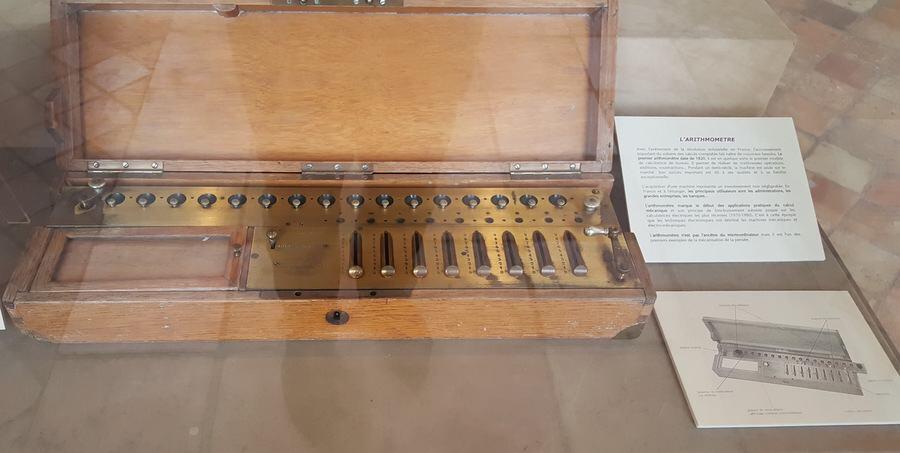
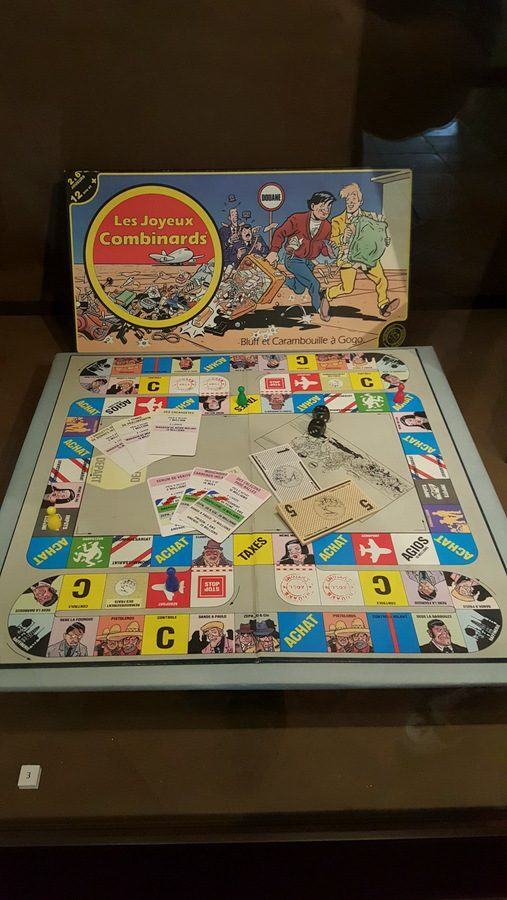 Other highlights for me included one of the earliest desktop calculators – an Arithmometre from the mid-nineteenth century – and a board game from the early 1980s – the idea behind Les Joyeux Combinards (“the merry slickers” or petty crims) is to make a fast buck (actually Franc) by buying legal & illegal merchandise at un-declared knock-off prices and selling it again without drawing the attention of your suspicious co-players or les Douanes!
Other highlights for me included one of the earliest desktop calculators – an Arithmometre from the mid-nineteenth century – and a board game from the early 1980s – the idea behind Les Joyeux Combinards (“the merry slickers” or petty crims) is to make a fast buck (actually Franc) by buying legal & illegal merchandise at un-declared knock-off prices and selling it again without drawing the attention of your suspicious co-players or les Douanes!
Les Douanes have played an integral and quite visible role in the lives of French citizens over the centuries, as illustrated by impressionist painter, Claude Monet, whose painted multiple variations of Cabane des douaniers, effet d’après-midi (Customs Hut in the Afternoon) in different light. The one on display in the Musée National des Douanes is probably their most precious artifact.

Declaration: I always reserve the right to say what I think on this blog, whether hosted or not, but in this case a declaration is not needed. My visit was unofficial and I paid for entry to the museum.
Factbox
Getting there:
1 place de la Bourse, 33000 Bordeaux
It’s right in the centre of town, next to the Miroir d’Eau.
Price:
- Adults: 3 Euros
- Students & groups: 1.50 Euros
- Under 18: Free
It’s also free on the 14 July (Bastille Day) and the first Sunday of every month!
Opening Hours:
1000 – 1800 every day except Mondays. Closed also on Christmas Day and New Year’s Day.

